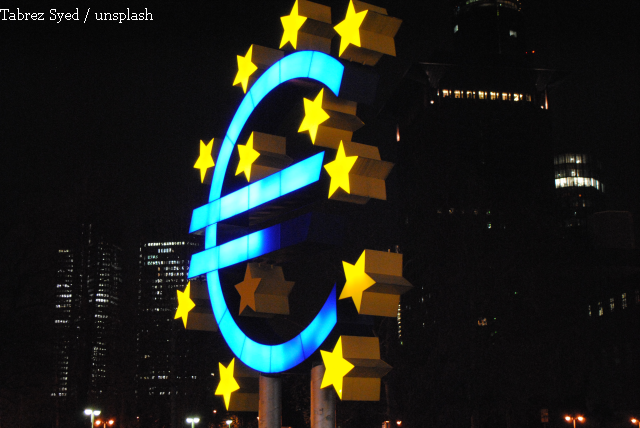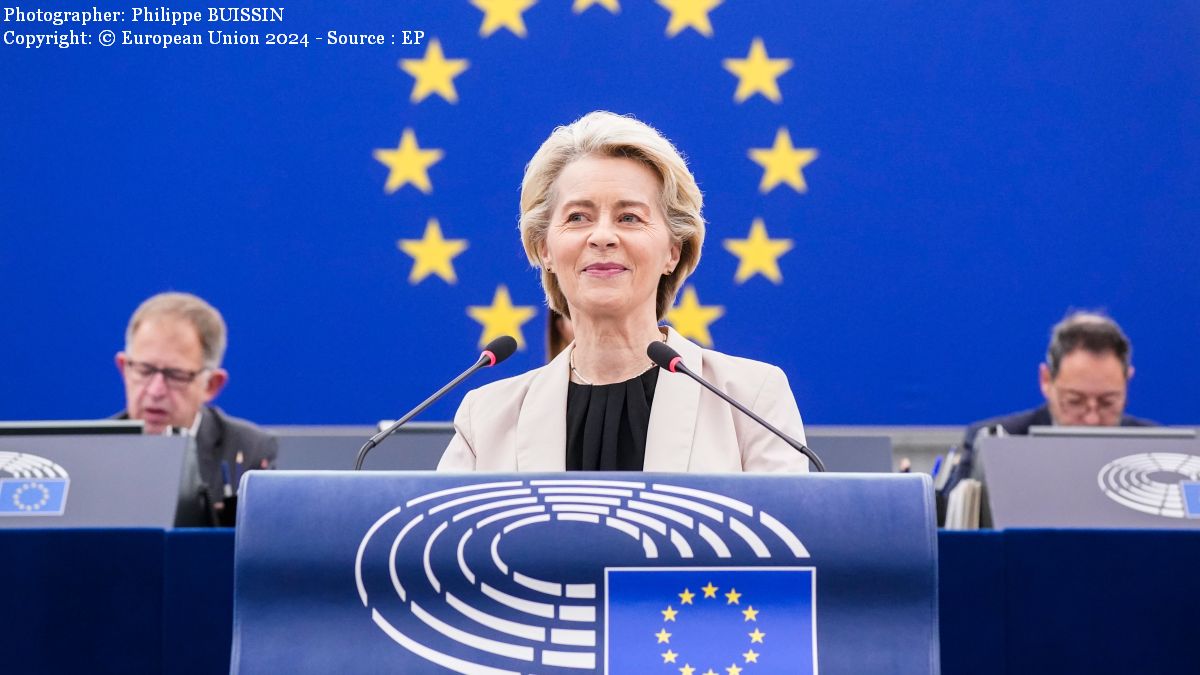Romania as seen by investors
Annually, the National Bank of Romania looks into direct foreign investments (DFI)

Corina Cristea, 11.10.2019, 14:30
Annually, the National Bank of Romania looks into direct foreign investments (DFI), with the most recent such analysis indicating a flow of investment of 5.26 billion Euro in 2018. It is the highest level since 2008, which had been a record for its day, with 9.5 billion. The net DFI in 2018 was mostly in commerce, then in the processing industry, financial services and insurance, as well as construction and real estate. The structure, by country, of DFI, reveals that Holland is still in first place, followed by Germany, Austria, Italy, Cyprus, France, and Switzerland. The growth trend in foreign investment is gladdening, as economic analyst Aurelian Dochia told Radio Romania, while pointing out that the per capita value of such investments is lower than in Hungary, Poland, or the Czech Republic:
VM: “DFI is extremely important for Romania. It is a source for development, but at the same time it also has to be seen from the perspective of the trade balance, the trade deficit. Everyone worries about the trade deficit, but as long as the deficit is covered by capital flow, such as DFI, I think that we should see it as a positive factor, favorable for Romanias development. That is valid especially when the investments go towards economic sectors that have the prospect of growing in the future, and especially when producing added value. From this point of view, however, statistical data that we have right now on DFI indicates that a good chunk of these are going to sectors such as trade, and this is obviously a sector tied to the domestic trade, and which does not offer for the future an output that pays back the loans and balances capital flow. However, for the Romanian economy, these capital flows are extremely important, Romanias activity continues to be important for foreign investors, because there is an important imbalance in terms of the saturation of the domestic market for these areas. We continue to have low labor costs, even though they went up a lot in the last few years, but they are at lower levels than in Germany or France. Obviously, the strong integration process with EU markets makes Romania an attractive place for DFI.”
There will be further challenges for these investments, especially tensions on the labor market and the increase in tandem deficits, fiscal and current account, according to experts. However, on medium term there will be more DFI coming into the country against the background of differences with the European average in terms of infrastructure, as well as the high potential for total productivity growth in Romania as compared to other countries in the region. The confidence that investors have in the Romanian economy is also reflected in the recent decision made by one of the major agents of stock market rankings, FTSE Russel, which upgraded the Bucharest Stock Exchange from the status of border market to secondary emerging market. With this upgrade, Romania now has access to investment funds 30 times bigger. According to BSE Chairman of the Board Lucian Anghel, this is not a political decision made by committees of foreign investors, custodian banks, or international brokers who manage hundreds of billions of Euro. Anghel said that these investors have voted on their wish to invest in Romanias capital market:
“According to MOOD&Co., the value of international investment funds that would invest in emerging markets, is 128 times bigger than the value of funds that may get invested on frontier markets. Obviously, they are not obligated to invest in Romania, but at least thus far, they were not allowed to invest in Romania. We are now in a higher league on the capital market.”
This is the beginning of a beautiful journey, say experts, but the efforts to modernize and develop the Romanian stock market have to continue, in order to consolidate the newly obtained status, and even better progress.





























